 | Recorded by: Jim Petranka and Mark Basinger on 2025-06-23
Buncombe Co.
Comment: |  | Recorded by: Amy Germany on 2025-04-23
New Hanover Co.
Comment: |
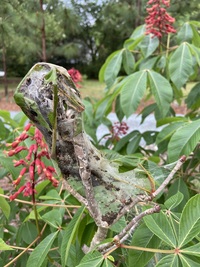 | Recorded by: Amy Germany on 2025-04-23
New Hanover Co.
Comment: |  | Recorded by: Amy Germany on 2025-04-23
New Hanover Co.
Comment: |
 | Recorded by: Jeff Niznik on 2024-07-14
Watauga Co.
Comment: | 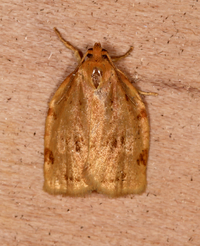 | Recorded by: Jim Petranka and Becky Elkin on 2024-07-11
Madison Co.
Comment: |
 | Recorded by: Jim Petranka and Becky Elkin on 2024-07-11
Madison Co.
Comment: |  | Recorded by: Mark Basinger on 2024-06-26
Yancey Co.
Comment: |
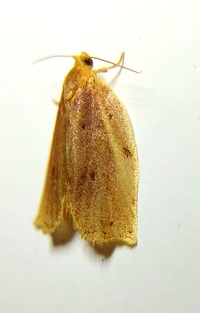 | Recorded by: Mark Basinger on 2024-06-26
Yancey Co.
Comment: | 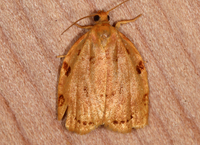 | Recorded by: Jim Petranka, Mark Basinger and Becky Elkin on 2024-06-25
McDowell Co.
Comment: |
 | Recorded by: Owen McConnell and Simpson Eason on 2024-06-21
Graham Co.
Comment: |  | Recorded by: Emily Stanley on 2024-06-15
Buncombe Co.
Comment: |
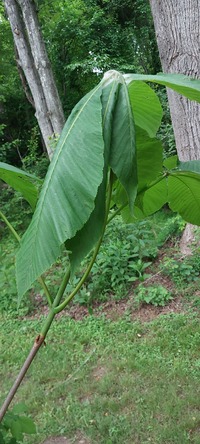 | Recorded by: Mark Basinger on 2024-05-13
Buncombe Co.
Comment: | 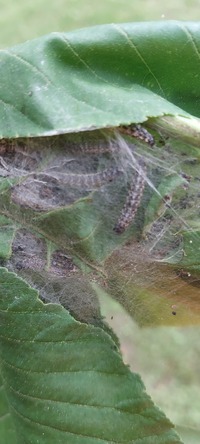 | Recorded by: Mark Basinger on 2024-05-13
Buncombe Co.
Comment: |
 | Recorded by: Mark Basinger on 2024-05-13
Buncombe Co.
Comment: |  | Recorded by: Dean Furbish on 2024-05-09
Pender Co.
Comment: |
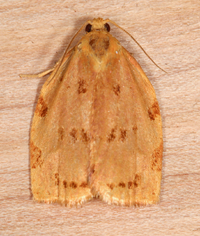 | Recorded by: Jim Petranka and Becky Elkin on 2023-06-24
Buncombe Co.
Comment: |  | Recorded by: tom ward on 2022-06-29
Buncombe Co.
Comment: |
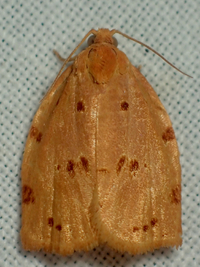 | Recorded by: tom ward on 2022-05-31
Buncombe Co.
Comment: | 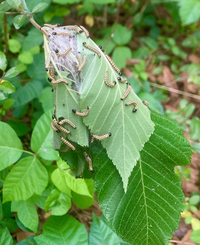 | Recorded by: Jimena Golcher-Benavides on 2022-04-14
Pender Co.
Comment: iNaturalist: Photo 188354670 nest with numerous caterpillars. |
 | Recorded by: Jim Petranka on 2021-07-06
Madison Co.
Comment: | 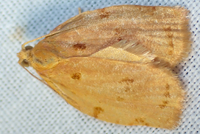 | Recorded by: tom ward on 2021-06-15
Buncombe Co.
Comment: |
 | Recorded by: J.B. Sullivan on 2016-03-31
Jones Co.
Comment: Larva on Red Buckeye | 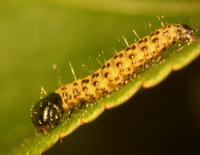 | Recorded by: J.B. Sullivan on 2016-03-31
Jones Co.
Comment: |
 | Recorded by: J.B. Sullivan on 2016-03-31
Jones Co.
Comment: | 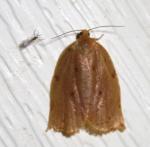 | Recorded by: Doug Blatny/Jackie Nelson on 2012-06-01
Ashe Co.
Comment: |
|

 »
»






















